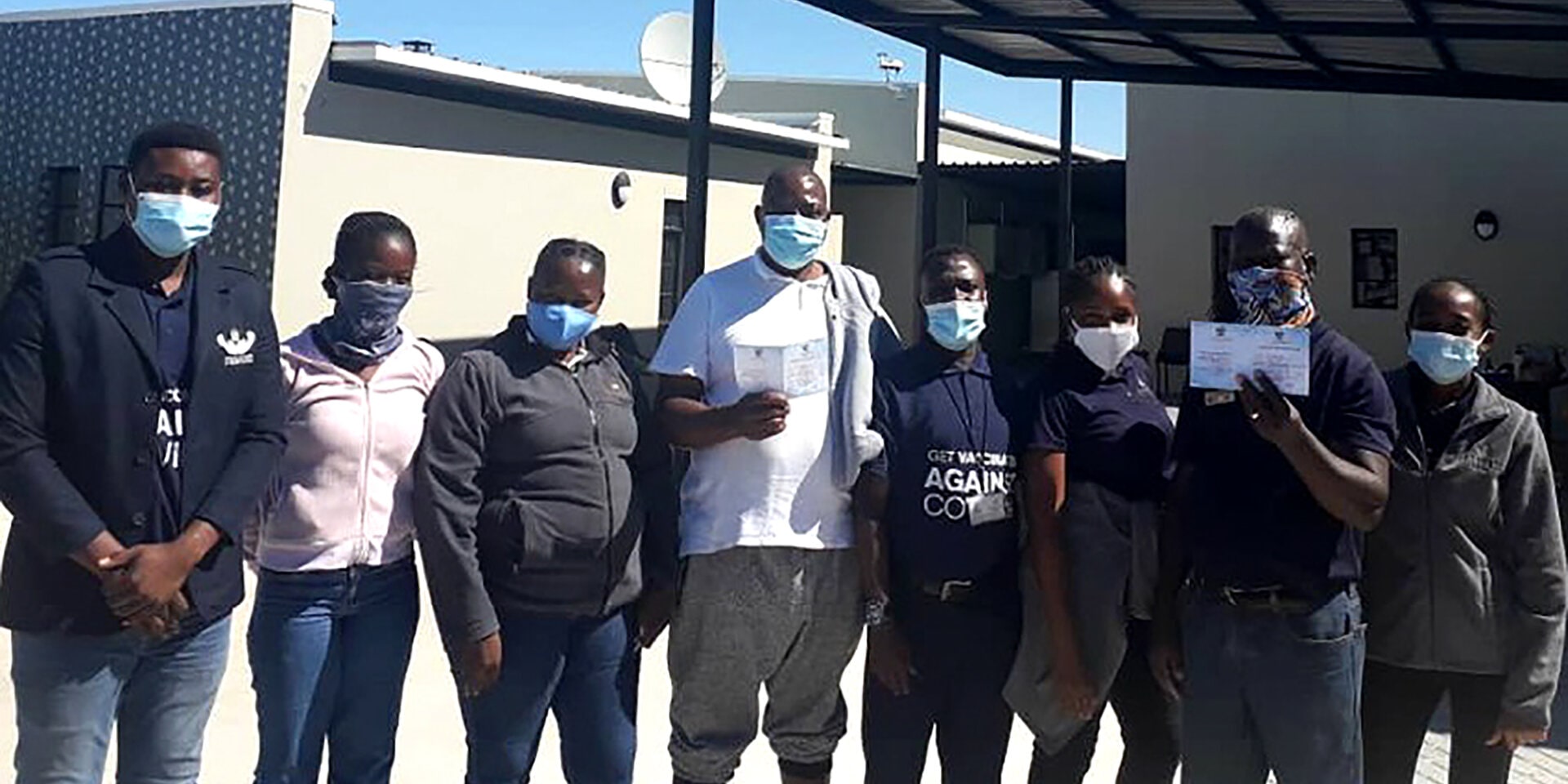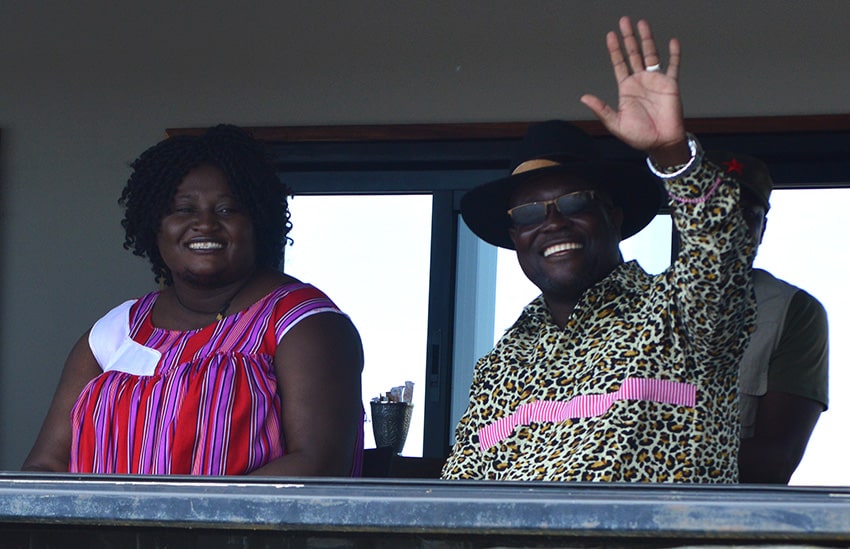Thirteen Blue Cranes and hundreds of blue wildebeest, springbok, Burchell's zebra, oryx and warthog spent the hot midday at the waterhole on the shadeless Andoni Plain.
Dirk Heinrich
The only green seen in Etosha National Park in northern Namibia is that of the mopane trees at present (end of November 2019). Not a single blade of grass is left, not even a dry one. Most bushes and shrubs look bare and almost dead. The condition of the herbivores is anything but good. The animals have to cover long distances to find food and then have to make the long way back to the waterholes. Due to a lack of seeds, plant material and insects the park’s birdlife also suffers under the drought.
Only 13 Blue Cranes were sighted during a count at the end of November. Blue Cranes are rare and endangered in Namibia. In the same period last year there were 27 adult birds. This time all of them were spotted north of Namutoni at the Andoni waterhole and on the adjacent grassy Andoni Plain. Last year, 23 Blue Cranes were counted at the Andoni waterhole, one pair was seen at the Koinachab waterhole near Namutoni and another one at the Charitsaub waterhole in the Halali area. At the beginning of summer, or the start of the rainy season, the birds return from their hitherto unknown winter quarters.
For more information about the Blue Crane, please have a look on Namibia Outdoor.





SUBMIT YOUR COMMENT